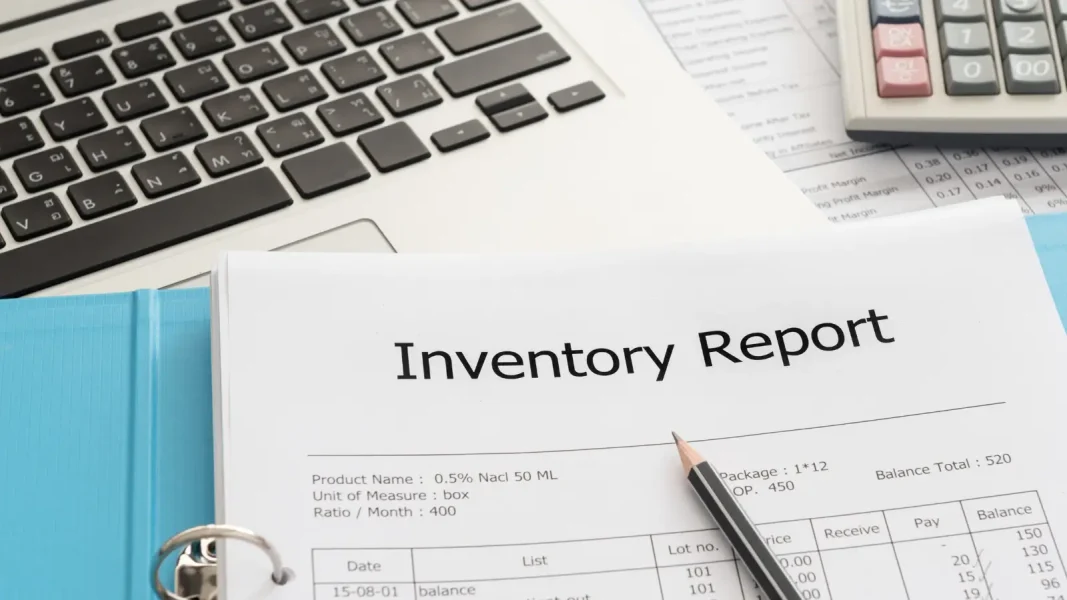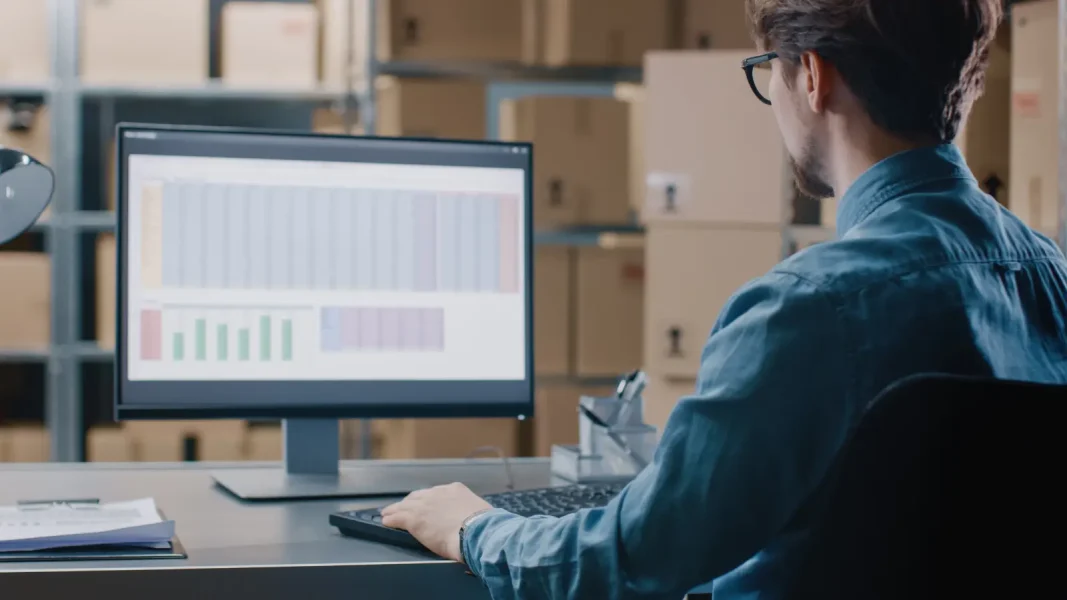Understanding the subtleties of consumer behavior is essential to stand out from the crowd in a constantly evolving market. Among the many factors influencing purchasing decisions, “psychological pricing” is emerging as a key concept to be closely studied.
More than just numbers, this concept explores the subconscious mechanisms that lead consumers to perceive the value of a product or service.
This concept explores the complex psychology behind pricing and its impact on consumer behavior, playing a central role in how potential buyers perceive the value of products.
The effectiveness of psychological pricing cannot be overestimated; when applied with precision, it can dramatically increase sales volumes and strengthen customer commitment, offering a competitive advantage advantage in the marketplace.
This article aims to explore various psychological pricing techniques, delving into their nuances and effectiveness. In addition, we’ll examine the challenges associated with implementing these strategies in a pricing solution, providing insightful analysis to help determine their suitability for business needs.
Understanding psychological pricing: definition and principles
Psychological pricing is a sophisticated strategy used by retailers to enhance the appeal of their products to consumers.. This approach goes beyond traditional pricing methods, which generally revolve around supply, demand or production costs, by focusing on the influence of the customer’s perception of value. The essence of psychological pricing lies in its ability to modify the way consumers perceive and react to the price of a product, subtly guiding them towards a perception of greater value for their money.
This pricing strategy integrates a variety of mental triggers to influence consumer behaviour. For example, the strategic use of colors plays a significant role.
Red coloroften associated with urgency and excitement, can stimulate impulsiveness in buyers, prompting them to act quickly and decisively. This color psychology in pricing creates an environment where customers are more inclined to make purchases without careful deliberation.
Beyond the use of colors, another fundamental dimension of psychological pricing is the management of consumer-perceived value.. This dimension relies on specific techniques to alter price perception. By strategically setting prices, retailers can manipulate this perception, making a product more valuable or affordable.
A common example is the use of charm pricing, where prices are set just below a round number (for example, €9.99 instead of €10.00). This subtle difference can have a significant impact on customer perception, making the product less expensive and therefore more attractive.
Mainly adopted by retailers, this method is crucial in areas such as food, beauty, pharmaceuticals and DIY.. However, it doesn’t offer significant benefits in the wholesale sector, where prices are often based on customized quotations and specific pricing strategies.
Advantages and disadvantages of psychological pricing
Benefits
- Enhances customer attraction and curiosity
Using psychological pricing as a strategic marketing tool can be very effective. Announcing attractive prices through advertising campaigns, digital content or in-store displays can stimulate the interest of potential customers, encouraging them to discover your products. This technique can not only increase brand visibility, but also attract the attention of potential customers who are just browsing without any immediate intention of buying.
- Boost sales and optimize ROI
When used judiciously, psychological pricing can significantly improve return on investment. (ROI). If your goal is to increase revenues, integrating this pricing strategy can prove beneficial. What’s more, it can encourage customers to buy in larger quantities, boosting overall sales.
- Maintains market competitiveness
In an environment where many companies are adopting psychological pricing, integrating it into your sales strategy is essential to staying competitive. In many sectors, companies keep a close eye on their competitors’ pricesWe’re constantly looking for ways to make our offers more attractive. By adopting a psychological pricing strategy that suggests irresistible prices, you may not only dissuade competitors from trying to beat your prices, but also lead them to abandon price competition in favor of other strategies.
Disadvantages
- Risk of loss of confidence
Integrity in business practices is crucial to building lasting customer loyalty and trust. Some customers may perceive the subtleties of psychological pricing. as a form of deception, which could harm loyalty and damage the company’s image. To maintain harmonious relations with your customers, focus on clear, honest communication on psychological pricing, and adopt business strategies aligned with your company’s ethical principles.
- Success not guaranteed
While promising, psychological pricing is not a magic formula for boosting sales or profits. It requires long-term commitment and constant analysis to be effective. Once this method has been implemented, it is essential to monitor its effectiveness and adjust the strategy as necessary. It may be that a psychological pricing approach is effective for some products, but not for others. Its success depends heavily on the type of product or service offered and the specific expectations of customers.
What are the different psychological pricing strategies?
Charm pricing
The “charm pricing” strategy is to set prices slightly below a round figure, for example €9.99 instead of €10. This technique, widely adopted by retailers, plays on the consumer’s psychology, giving the illusion of substantial savings, and is a classic example of psychological pricing in retail.
For example, faced with two similar products, one priced at €30 and the other at €29.99, consumers are often inclined to choose the latter, perceiving this price as significantly lower.
This perception is reinforced by the idea that the seller is trying to minimize the price, thus amplifying the feeling of a “good deal”.. This subtle price difference therefore influences purchasing behavior, favoring slightly lower-priced products, demonstrating the psychological price effect.
Odd-even pricing ou tarification pair-impair
Odd-even pricingsimilar to “charm pricing”, is a strategic approach to psychological pricing that uses numerical values to influence customers’ perception of a product’s value.
This strategy aims to implement subtle price adjustments to stimulate sales and optimize profits, exploiting the concept of psychological pricing in retail.
The “odd” aspect of this approach involves setting prices ending in odd numbers, specifically 1, 3, 5, 7 or 9. For example, a product could be sold for $9.99 or $14.95. On the other hand, the “even” component is characterized by prices ending in round numbers or even tenths, such as $10.00 or $50.20.
This dual approach plays on the psychological perception that prices ending in odd numbers suggest bargains or discounts, while even numbers often imply superior quality or value.
The odd-even pricing strategy is widely used in the retail industry to subtly guide consumer behavior and enhance product appealbased on the dynamics of psychological pricing.
Anchoring price
The anchor price phenomenon is a cognitive distortion characterized by the tendency of individuals to base their decisions on the first information they obtain.. This bias is particularly influential in the context of pricing on e-commerce platforms or online marketplaces.
When a consumer is confronted with the first price displayed, this tends to influence his choice between different products and his final purchasing decision. Knowledge of this effect can be strategically beneficial for online stores, enabling them to steer consumers towards more profitable items or services, using psychological pricing.
A convincing example of the application of this bias is the display of the most expensive items on the first page of an online store. This strategy ensures that less expensive products, which are subsequently consulted by the consumer, are perceived as offering better value for money,ncreasing their attractiveness and the likelihood of their purchase.
BOGO" strategy
The strategy “Buy one, get one free”. (BOGO) offers a range of attractive options for consumers, such as “buy one, get one free”, “buy one, get two free”, or “buy one, get the second at half price”. This approach attracts customers by offering them a free or reduced-price item after the initial full-price purchase.
To maximize its effectiveness, it is essential to vary these BOGO offers regularly. By doing so, companies create a sense of urgency and exclusivityThese promotions are a real added value for consumers. What’s more, the balance between the cost to the company and the benefits generated must be carefully adjusted, as with prestige pricing strategies.
Experimenting with different formulas, such as offering a second product for free, offering a €5 discount on the next purchase, or including additional bonuses, can prove beneficial in finding the most attractive and profitable formula.
Time-limited discounts
Temporary promotions have proven to be a formidable tool, enabling companies to effectively attract new customers, boost sales and create a captivating sense of urgency. These offers, by their ephemeral nature, are based on universal psychological principles such as the notion of scarcity and the fear of missing out on opportunities (Fear of Missing Out, FOMO), prompting consumers to act quickly.
From flash sales to seasonal discounts, limited-validity coupons and exclusive offers, a host of companies in a variety of sectors have harnessed the power of time-limited promotions to significantly boost their profits.
----------------------------
Psychological pricing is a powerful tool for boosting sales and encouraging consumers to buy. It’s crucial to select a strategy that’s right for your business, taking into account a variety of factors to ensure its effectiveness. However, determining the psychological price of a product or service involves considering many parameters.
With this in mind, Optimix presents an innovative approach to pricing with XPA Pricing Analyticsa tool designed specifically for the retail sector. The solution offers companies an unprecedented ability to manage the challenges of psychological pricing. Whether for adjusting prices, orchestrating promotions or assessing price sensitivity, Optimix XPA provides essential tools for maximizing margins and strengthening competitive position in the market.
If you’d like to talk to one of our experts or see a demonstration of our XPA solution, please don’t hesitate to contact us:
Psychological Price - FAQ
What is the Psychological Award?
Psychological price is a crucial concept in marketing, designating the price at which the majority of consumers are willing to buy a product or service.
Unlike pricing methods based on production costs or profit margins, psychological pricing is based on the consumer’s perception of value.
This strategy aims to maximize sales by aligning the product’s price with what potential customers consider fair and acceptable.
The psychological pricing approach often relies on market research, surveys and behavioral analysis to identify key price thresholds that trigger a positive reaction in consumers. For example, setting a price just below a round figure (such as €9.99 instead of €10) can make a product more attractive, as it is perceived as being significantly cheaper, even if the actual difference is minimal.
However, while this method may increase sales, it doesn’t necessarily guarantee profitability. It is therefore essential to strike a balance between an attractive price for consumers and a price that covers costs and ensures a sufficient profit margin for the company.
What are the key concepts of psychological pricing?
Psychological pricing is based on several key concepts that influence consumer perception.
Round price: A round price is an amount without cents, such as €50 or €100. This approach simplifies the perception of value and is often used to give an impression of simplicity and transparency. Round prices are easy to remember and can convey an image of superior quality, as they are often associated with high-end products.
Broken price: A broken price is set just below a psychological threshold, e.g. 999€ instead of 1000€. This technique exploits consumers’ tendency to perceive a price as significantly lower when it is just below a round figure. Broken prices are commonly used in retail to encourage impulse buying, as they give the impression of a good deal.
Both techniques play on consumers’ psychology and perception of value, aiming to maximize sales by making prices more attractive. However, it is crucial for companies to use them strategically, taking into account their impact on brand image and overall profitability.
What are the limits of psychological pricing?
Psychological pricing, while effective in maximizing sales, has several limitations:
- Profitability: Setting a price based solely on consumer perception may not cover production and distribution costs, compromising the company’s profitability.
- Market evolution: Consumer preferences and perceptions evolve with time and trends. A price deemed acceptable today can quickly become obsolete.
- Brand image: Using psychological pricing can be perceived as manipulation by some consumers, negatively affecting credibility and brand image.
- Market segments: This strategy is not suitable for all market segments. For example, luxury or innovative products may require a different approach to pricing, where perceived value does not depend solely on price.
- Analysis complexity: Identifying the optimum psychological price requires in-depth, ongoing market research, which can be costly and time-consuming for companies.
In short, although psychological pricing can increase sales, it is crucial to use it in conjunction with other pricing strategies to ensure sustainable financial performance.
How do you determine the psychological price of your product?
To determine the psychological price of your product, start by surveying your target consumers.
Use questionnaires to explore their price expectations and perceptions. Ask, for example, at what price they would consider the product too expensive, too cheap, or a fair price. Analyze the answers to identify points of convergence.
Next, compile the data in a spreadsheet to visualize the distribution of price perceptions. Identify the price most often quoted as acceptable.
This analysis will help you set a price in line with consumer expectations, optimizing the attractiveness of your product while ensuring a positive perception of value.
What are the advantages of psychological pricing?
Psychological pricing has several advantages. Firstly, it increases product appeal by aligning with consumers’ perception of value, which can boost sales.
By setting a price that customers feel is fair, you can improve customer satisfaction and loyalty. What’s more, this strategy can increase market share by making your product more competitive with the alternatives.
Finally, by positively influencing the decision to buy, psychological pricing can help to penetrate new market segments and establish a strong position in a competitive market.





